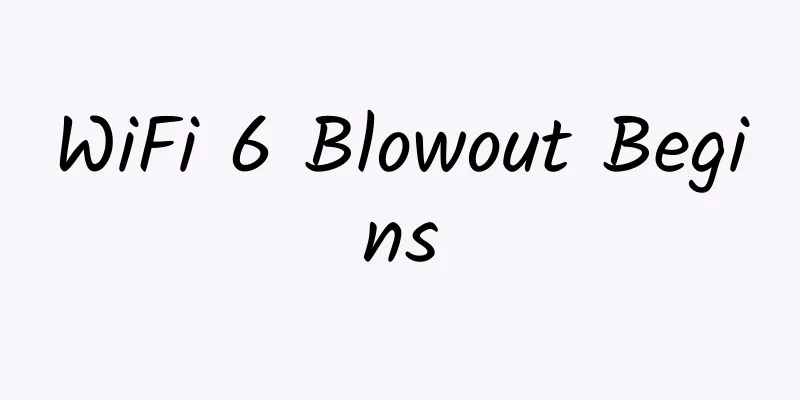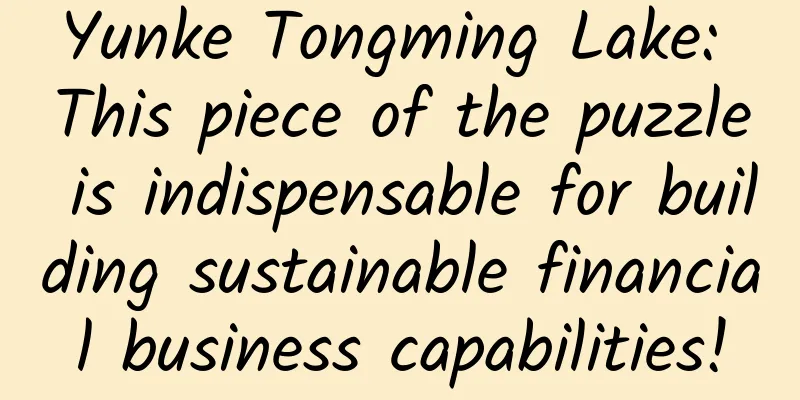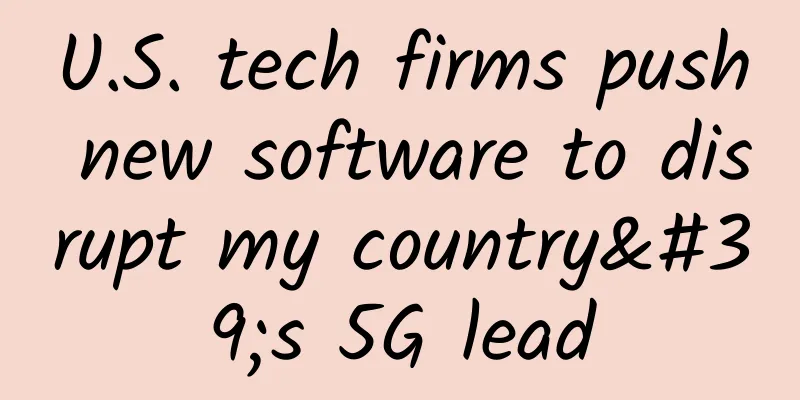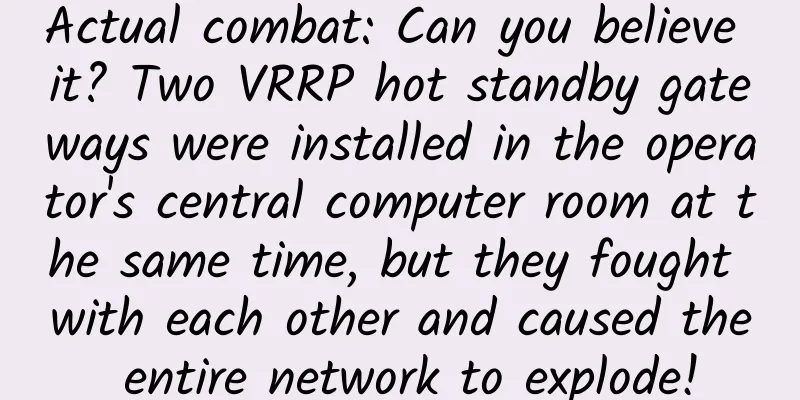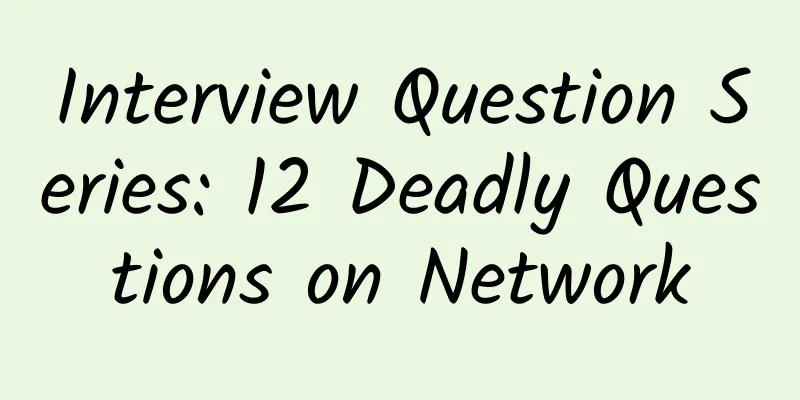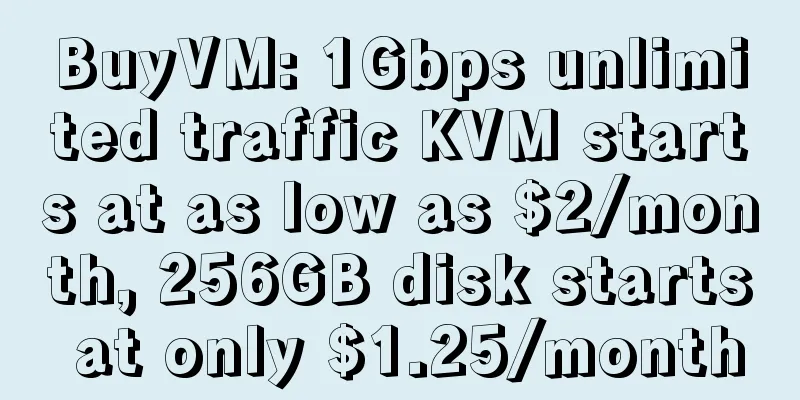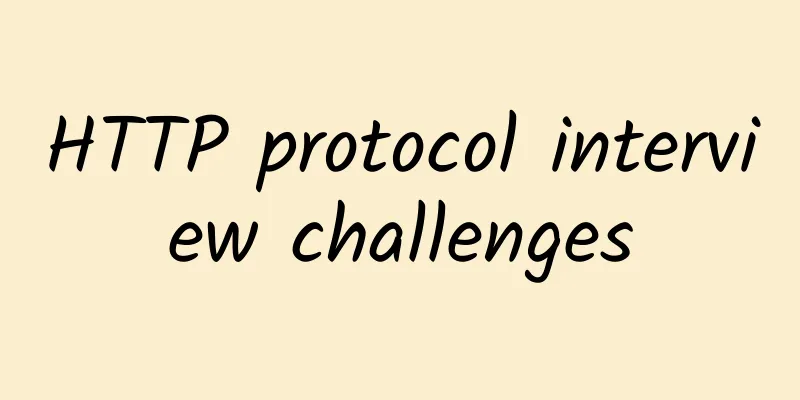How should spaces and plus signs in URLs be encoded?
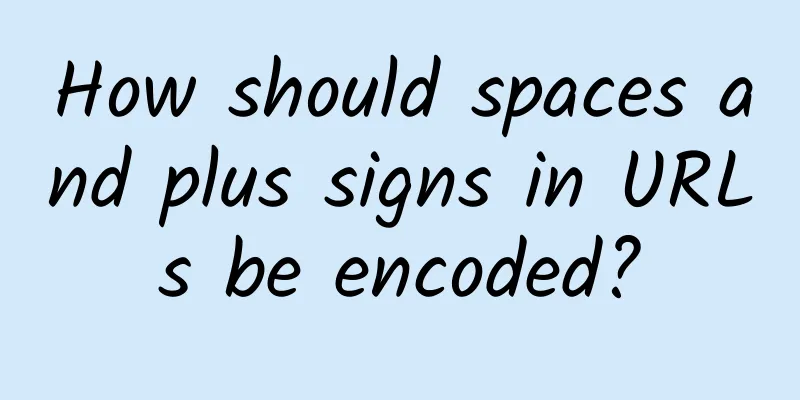
|
This article is reprinted from the WeChat public account "Gopher Guide", the author is New World Grocery Store. Please contact the Gopher Guide public account to reprint this article. It is a consensus that URLs cannot contain spaces explicitly. However, the form in which spaces exist is not completely consistent in different standards, resulting in different implementations in different languages. Rfc2396 clearly states that spaces should be encoded as %20. However, the W3C standard states that spaces can be replaced with + or %20. Lao Xu was confused on the spot. The space was replaced by +, so + itself can only be encoded. In this case, why not encode the space directly? Of course, this is just Lao Xu's doubt. We can no longer trace the previous background, and we cannot change the facts. However, whether the space is replaced by + or 20%, and whether + needs to be encoded are the problems we need to face now. Three common URL encoding methods in GoAs a Gopher, the first thing we focus on is the implementation of the Go language itself, so let's first understand the similarities and differences between the three commonly used URL encoding methods in Go. url.QueryEscape
When using url.QueryEscape encoding, spaces are encoded as +, and + itself is encoded as %2B. url.PathEscape
When using url.PathEscape encoding, spaces are encoded as 20%, while + is not encoded. url.Values
When using the (Values).Encode method to encode, the space is encoded as +, and + itself is encoded as %2B. Further checking the source code of the (Values).Encode method shows that it still calls the url.QueryEscape function internally. The difference between the (Values).Encode method and url.QueryEscape is that the former only encodes the key and value in the query, while the latter encodes both = and &. For us developers, which of these three encoding methods should we use? Please continue reading and I believe you will find the answer in the following articles. Implementation in different languagesSince the URL encoding of spaces and + in Go is implemented differently, does this also exist in other languages? Let's take PHP and JS as examples. URL encoding in PHPurlencode
rawurlencode
PHP's urlencode and Go's url.QueryEscape functions have the same effect, but rawurlencode encodes both spaces and +. URL encoding in JSencodeURI
encodeURIComponent
JS's encodeURI and Go's url.PathEscape functions have the same effect, but encodeURIComponent encodes both spaces and +. What should we do?It is more recommended to use the url.PathEscape function encodingIn the previous article, we have summarized the encoding operations of +Gopher pointer in Go, PHP and JS. The following is a two-dimensional table to summarize whether the corresponding decoding operations are feasible.
In the above table, YY and Y have the same meaning. Lao Xu only uses YY to indicate that url.PathEscape is recommended for encoding in Go, while rawurldecode and decodeURIComponent are recommended for decoding in PHP and JS, respectively. In the actual development process, Gopher will definitely need to be decoded. At this time, it is necessary to communicate with the URL encoding party to obtain the appropriate decoding method. Encode the valueIs there a universal way that does not require URL encoding and decoding? There is undoubtedly a way! Take base32 encoding as an example. Its encoding character set is AZ and numbers 2-7. At this time, after base32 encoding the value, there is no need for URL encoding. Finally, I sincerely hope that this article can be of some help to all readers. This article uses the console of PHP 7.3.29, go 1.16.6 and js Chrome 94.0.4606.71. refer to https://www.rfc-editor.org/rfc/rfc2396.txt https://www.w3schools.com/tags/ref_urlencode.ASP |
<<: What you don’t know about 5G
>>: Let’s talk about the top ten challenges of 6G
Recommend
Huawei Enjoy 10S released with a 48-megapixel ultra-wide-angle AI triple camera priced at RMB 1,000. Are you tempted?
This afternoon, Huawei released a thousand-yuan m...
5G is eating into Wi-Fi traffic
With the commercialization of 5G and the increase...
Exposing "black data": Your personal information has been passed through several hands
[[188851]] According to feedback from industry in...
In 2020, who will break out in the 5G era?
In June 2019, the Ministry of Industry and Inform...
How businesses can improve remote collaboration in 2021
Since the outbreak of the pandemic last year, the...
Qianxinan Prefecture Government: Green "optical" network, a new style of government office
The Qianxinan Prefecture Government, as an autono...
"IPv6+" builds intelligent connections in all scenarios and supports the digital future
On August 28, the 2020 China IPv6 Development For...
In the 5G era, where will the 2G-based temperature and humidity sensors go?
[[349400]] With the construction of 5G network ba...
Inspur Networks launches new data center products to build up new potential
In recent years, with the rapid development of in...
CloudCone Easter Promotion: $15/year KVM-1GB/30GB/3TB/Los Angeles Data Center
CloudCone offers three special VPS packages for t...
Wi-Fi 7: What is it and when can you expect it to arrive?
[[380191]] Wi-Fi 7 is expected to have higher dat...
As the competition for 6G gathers momentum, can China continue to lead the world?
Globally, 5G network construction is in full swin...
Let's take a look at what new tricks Huawei has come up with during its ICT Ecosystem Tour in China!
[51CTO.com original article] At the Huawei China ...
The interviewer asked me to turn left because of the thread pool!
A few days ago, my friend had an interview. Durin...
The State Council has deployed to promote the speed increase and fee reduction, and operators have spared no effort on the road to benefit the country and enterprises
In the continuous promotion of network speed-up a...
